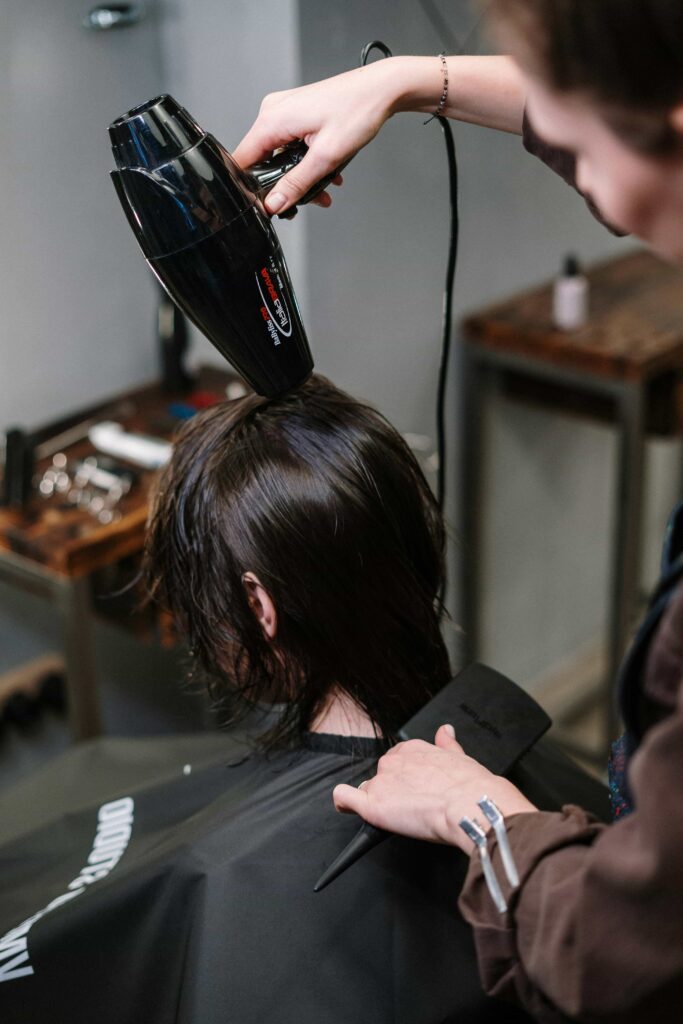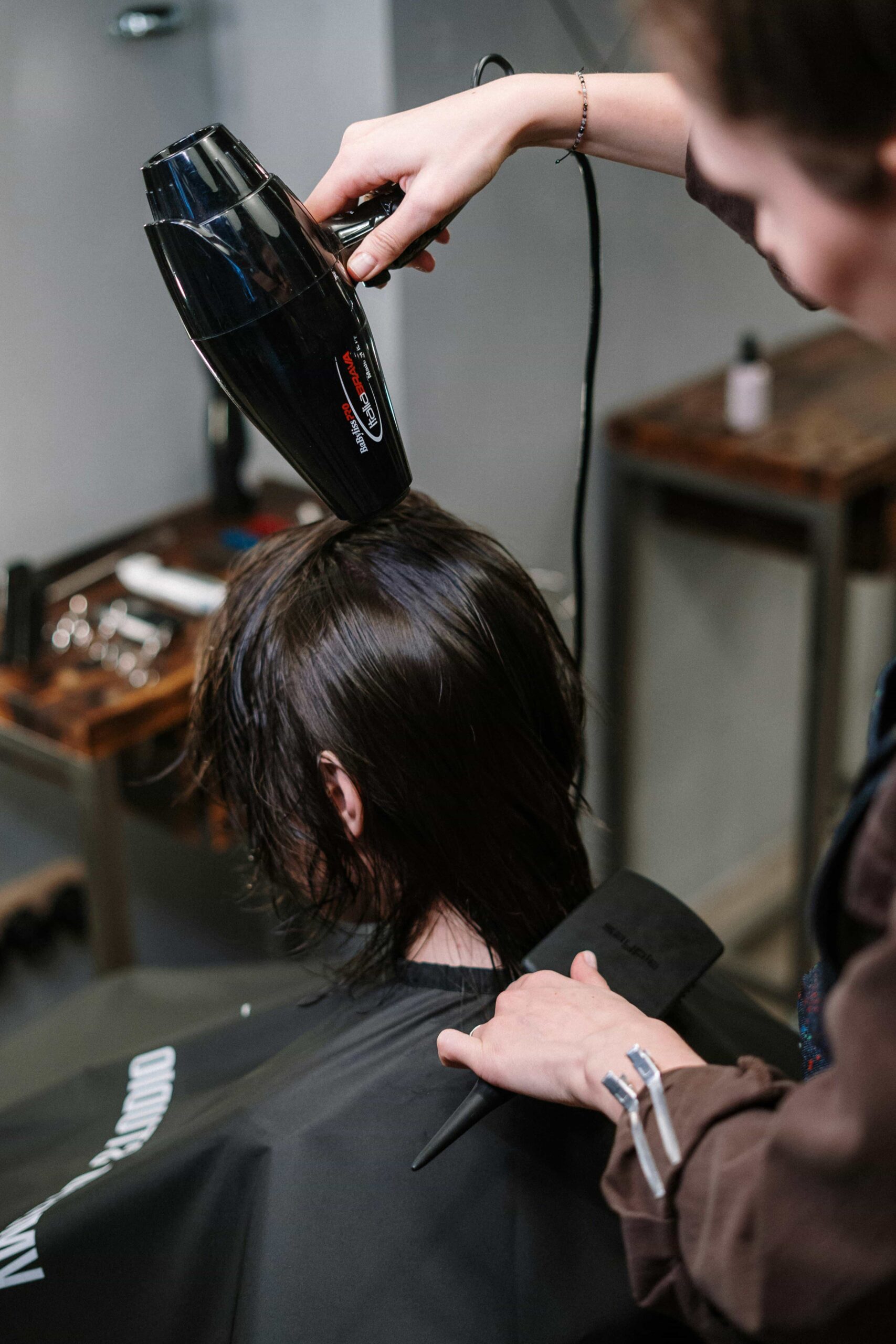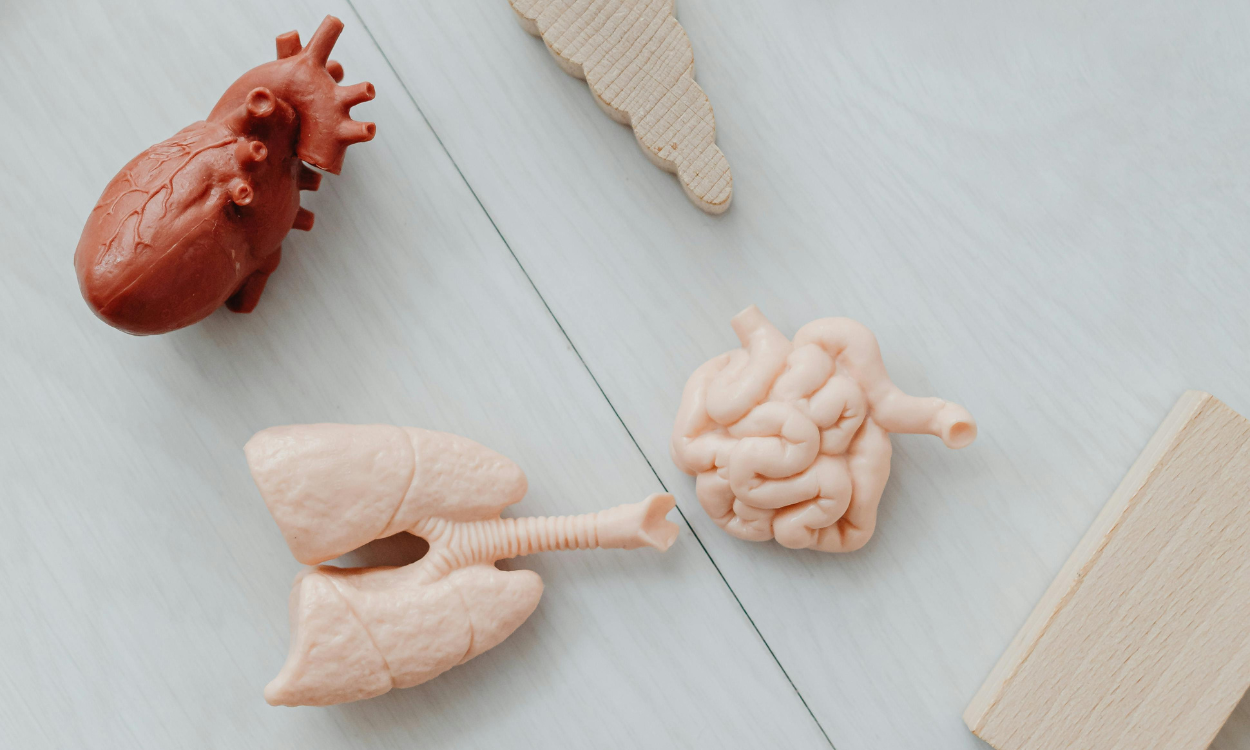Introduction
Hair loss is a common condition affecting millions of people worldwide. Whether it’s temporary or permanent, hair loss can have a significant impact on one’s self-esteem and confidence. This article explores the various causes of hair loss, available treatments, and preventive measures to help individuals manage this condition effectively.
Table of Contents
Causes of Hair Loss
Hair loss can result from a multitude of factors. Understanding the underlying causes is crucial for finding the right treatment and preventing further hair loss.

Genetic Factors
One of the most common causes of hair loss is genetics. Androgenetic alopecia, also known as male or female pattern baldness, is a hereditary condition that leads to gradual thinning of the hair. This type of hair loss can begin as early as the late teens and is characterized by a receding hairline in men and a thinning crown in women.
Hormonal Changes
Hormonal imbalances can also lead to hair loss. Conditions such as thyroid disorders, polycystic ovary syndrome (PCOS), and pregnancy can cause hormonal fluctuations that result in temporary or permanent hair loss. For example, postpartum hair loss is a common phenomenon among new mothers, often occurring a few months after giving birth.
Medical Conditions and Treatments
Certain medical conditions, including autoimmune diseases like alopecia areata, can cause hair loss. In alopecia areata, the immune system mistakenly attacks hair follicles, leading to patchy hair loss. Moreover, treatments like chemotherapy and radiation therapy for cancer can cause significant hair loss due to their impact on rapidly dividing cells, including hair follicle cells.
Nutritional Deficiencies
A well-balanced diet is essential for maintaining healthy hair. Nutritional deficiencies, particularly in iron, zinc, vitamin D, and protein, can lead to hair loss. For example, iron-deficiency anemia is a common cause of hair thinning, especially in women.
Stress and Lifestyle Factors
Stress, whether physical or emotional, can lead to a type of temporary hair loss known as telogen effluvium. In this condition, a large number of hair follicles enter the resting phase, resulting in increased hair shedding. Lifestyle factors, such as poor diet, lack of sleep, and excessive use of hairstyling products, can also contribute to hair loss.
Treatment Options for Hair Loss
While hair loss can be distressing, there are various treatment options available, depending on the underlying cause and the extent of hair loss.
Medications
Several medications are approved for treating hair loss. Minoxidil, an over-the-counter topical solution, is one of the most commonly used treatments. It is applied directly to the scalp and can help stimulate hair growth in individuals with androgenetic alopecia. Finasteride, an oral medication, is another option for men. It works by inhibiting the hormone dihydrotestosterone (DHT), which plays a role in hair follicle miniaturization.
Hair Transplant Surgery
For those seeking a more permanent solution, hair transplant surgery may be an option. This procedure involves removing hair follicles from a donor area (usually the back of the head) and transplanting them to areas experiencing hair loss. There are two main types of hair transplant procedures: Follicular Unit Transplantation (FUT) and Follicular Unit Extraction (FUE). Both methods have their advantages and can provide natural-looking results.
Laser Therapy
Low-level laser therapy (LLLT) is a non-invasive treatment that uses red light to stimulate hair follicles and promote hair growth. This treatment is FDA-approved for androgenetic alopecia and can be used in combination with other therapies for enhanced results.
Platelet-Rich Plasma (PRP) Therapy
PRP therapy involves drawing a small amount of the patient’s blood, processing it to concentrate the platelets, and injecting it into the scalp. Platelets contain growth factors that can help stimulate hair growth and improve the health of hair follicles. PRP therapy is gaining popularity as a treatment for hair loss, especially in cases of androgenetic alopecia and alopecia areata.
Preventive Measures for Hair Loss
Prevention is always better than cure. While it may not be possible to completely prevent hair loss, certain measures can help reduce the risk and slow its progression.
Healthy Diet and Lifestyle
Maintaining a healthy diet rich in essential nutrients can go a long way in preventing hair loss. Foods high in iron, zinc, biotin, and omega-3 fatty acids are particularly beneficial for hair health. Additionally, staying hydrated, getting enough sleep, and managing stress are crucial for overall well-being and can help prevent hair loss.
Gentle Hair Care
Being gentle with your hair can help prevent unnecessary damage and hair loss. Avoid excessive heat styling, tight hairstyles, and harsh chemical treatments. Using a mild shampoo and conditioner, as well as avoiding excessive brushing, can also protect your hair from damage.
Regular Scalp Care
Keeping the scalp clean and healthy is essential for preventing hair loss. Regularly washing the scalp to remove dirt, oil, and product buildup can help maintain a healthy environment for hair growth. Scalp massages can also improve blood circulation and promote hair health.
Early Intervention
If you notice early signs of hair loss, seeking professional advice promptly can help prevent further progression. Dermatologists and trichologists can diagnose the underlying cause and recommend appropriate treatments. Early intervention can be particularly beneficial in cases of androgenetic alopecia and other conditions where timely treatment can make a significant difference.
Introduction
Hair loss can be influenced by various factors, including lifestyle habits, stress, and overall health. Among these, sleeplessness and improper bathing routines are often overlooked but can significantly impact hair health. This article explores how these factors contribute to hair loss and provides practical solutions to mitigate the problem.
The Link Between Hair Loss and Sleeplessness
The Importance of Sleep for Hair Health
Sleep plays a crucial role in the body’s overall well-being, including hair health. During sleep, the body undergoes repair and regeneration processes, which are essential for maintaining healthy hair. The growth and maintenance of hair follicles are particularly dependent on adequate sleep, as it helps regulate hormone levels and blood circulation.
How Sleeplessness Affects Hair Loss
Chronic sleeplessness can lead to various health issues, including hair loss. When the body is deprived of sleep, it produces higher levels of cortisol, a stress hormone. Elevated cortisol levels can disrupt the natural hair growth cycle, leading to hair thinning and shedding. Additionally, lack of sleep can weaken the immune system, making the scalp more susceptible to infections and inflammation, further contributing to hair loss.
Bathing Habits and Hair Loss
Impact of Bathing on Hair and Scalp Health
Proper bathing habits are essential for maintaining a healthy scalp and hair. However, certain practices can inadvertently contribute to hair loss. For example, using water that’s too hot can strip the scalp of its natural oils, leading to dryness and irritation. Overwashing, on the other hand, can also dry out the scalp, weakening hair follicles and making them more prone to breakage.
The Role of Products and Techniques
The products and techniques used during bathing can also impact hair health. Harsh shampoos and conditioners with sulfates and parabens can damage the hair shaft and scalp, leading to hair loss. Similarly, vigorous towel drying can cause mechanical damage to wet hair, increasing the likelihood of hair fall.
Solutions to Combat Hair Loss Due to Sleeplessness and Bathing
Improving Sleep Quality
To address hair loss related to sleeplessness, it’s essential to prioritize good sleep hygiene. Here are some tips to improve sleep quality:
- Establish a Routine: Try to go to bed and wake up at the same time every day to regulate your sleep cycle.
- Create a Relaxing Environment: Keep your bedroom cool, dark, and quiet to promote better sleep. Consider using blackout curtains and white noise machines if needed.
- Limit Screen Time: Avoid screens at least an hour before bedtime, as the blue light emitted can interfere with melatonin production.
- Practice Relaxation Techniques: Techniques such as deep breathing, meditation, or gentle yoga can help reduce stress and promote relaxation before bed.
Adopting Healthy Bathing Practices
To minimize hair loss due to improper bathing, consider the following:
- Use Lukewarm Water: Wash your hair with lukewarm water to avoid stripping natural oils and causing scalp dryness.
- Choose Gentle Products: Opt for sulfate-free, paraben-free shampoos and conditioners. Look for products with natural ingredients like aloe vera, chamomile, and coconut oil, which are gentle on the scalp.
- Avoid Overwashing: Limit washing your hair to 2-3 times a week, depending on your hair type. Overwashing can strip the scalp of natural oils and lead to dryness.
- Gentle Drying Techniques: Instead of rubbing your hair with a towel, gently pat it dry to avoid damaging wet hair. Consider using a microfiber towel or an old T-shirt, which are less abrasive.
Additional Tips for Healthy Hair
- Maintain a Balanced Diet: A diet rich in vitamins, minerals, and proteins is essential for healthy hair. Foods like leafy greens, nuts, fish, and eggs can provide the necessary nutrients for hair growth.
- Stay Hydrated: Drinking plenty of water helps maintain overall health and supports hair growth.
- Manage Stress: Chronic stress can contribute to hair loss, so finding effective stress management techniques, such as exercise or hobbies, is crucial.
- Consult a Professional: If you experience significant hair loss, it may be beneficial to consult a dermatologist or trichologist to determine the underlying cause and explore potential treatments.






One thought on “Hair Loss: Causes, Treatment, and Prevention”